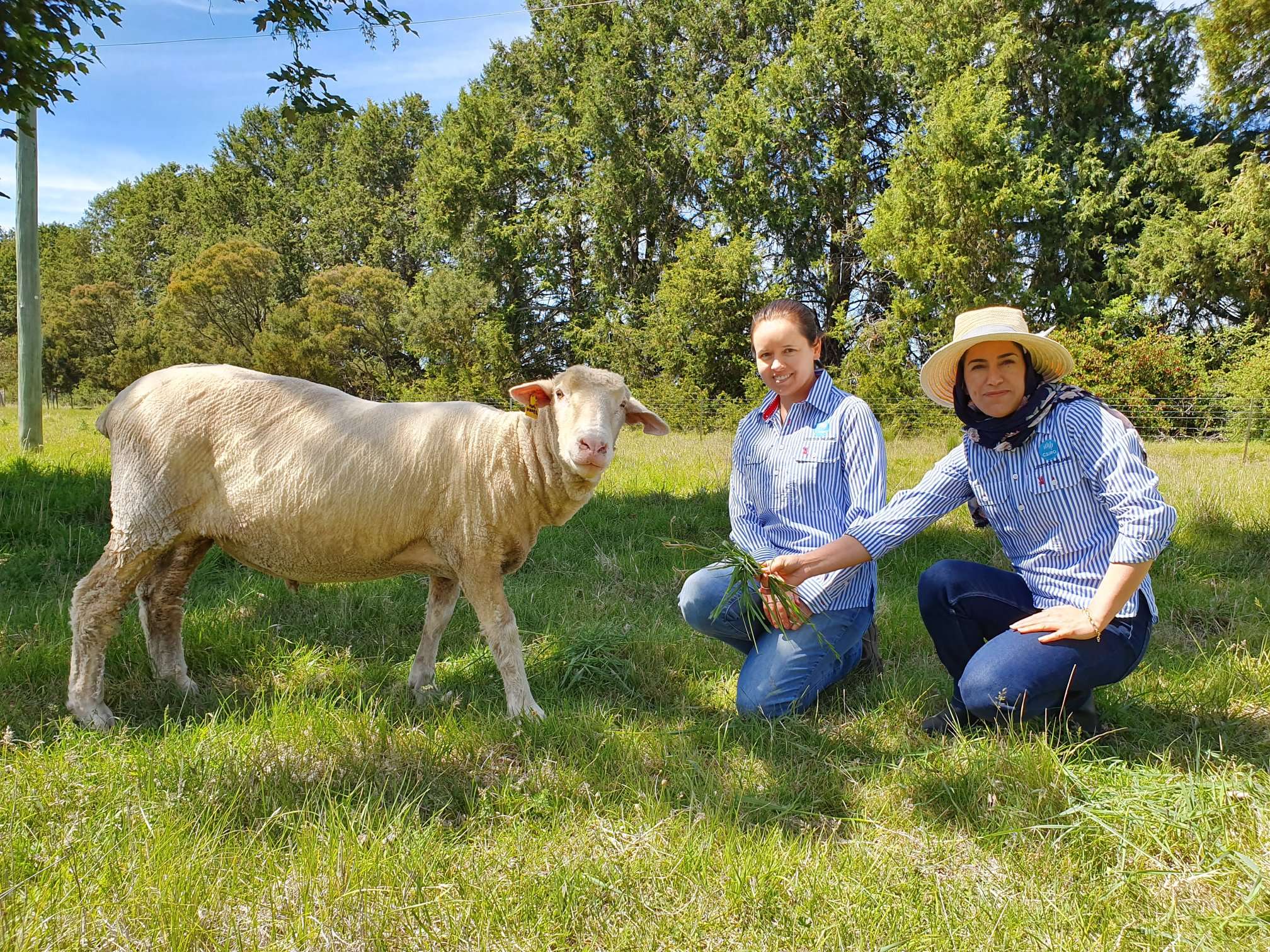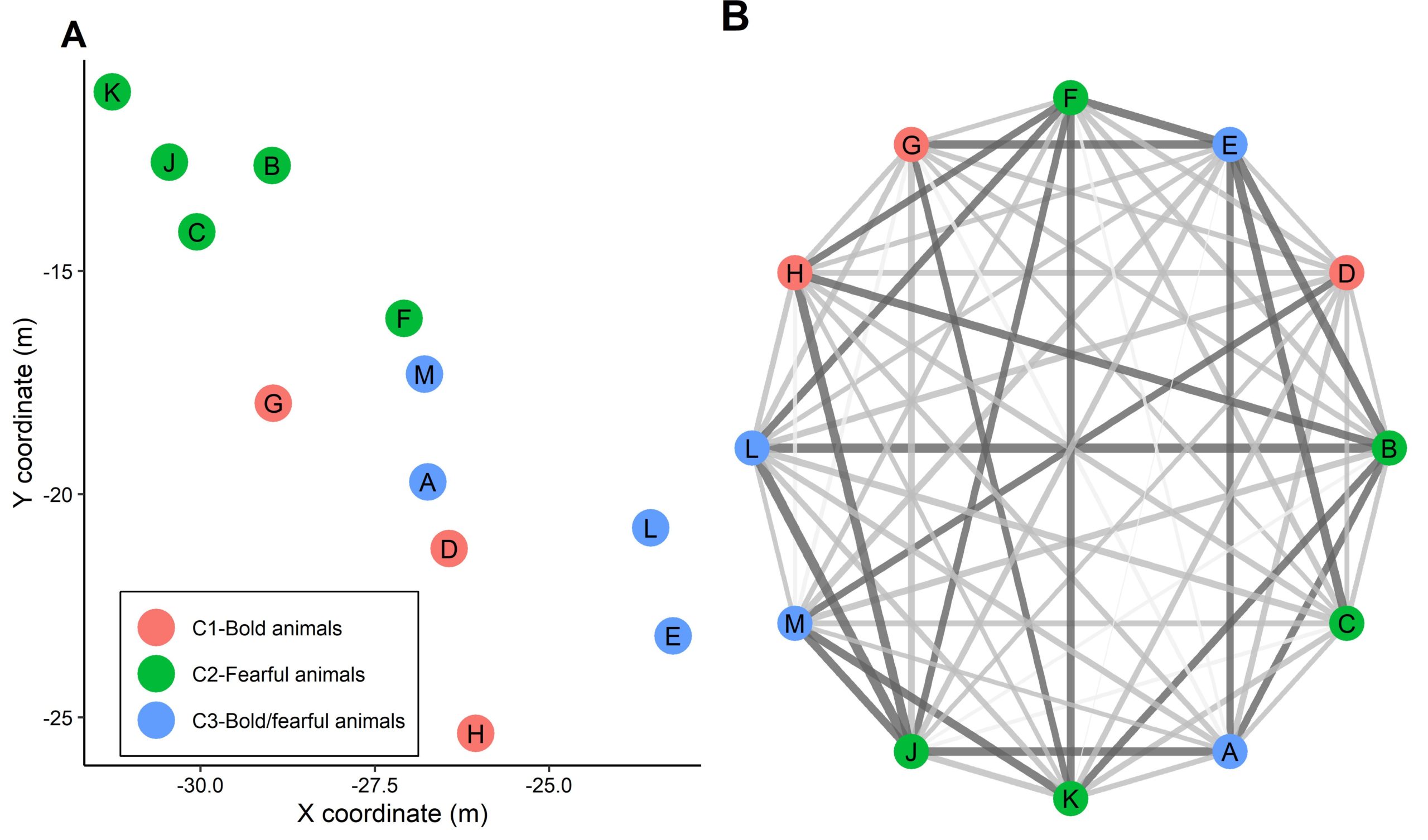While we humans have been social distancing, we’ve been checking in on animal social networks. We’ve been able to monitor the interactions of cows and sheep with unprecedented accuracy.
Being able to measure these social interactions means we can start to understand how the top dogs impact a herd or flock. Additionally, we’ll learn how these relationships affect how animals use the resources available, such as food and water. Maybe we could also learn how the external environment such as the weather or season impact interactions. We also consider whether age, personality or health could play a role.
What had we known about animal social networks?
Up until now, traditional methods such as observing the animals in their paddocks or recording them haven’t really helped. GPS technology isn’t precise enough to accurately measure animal positions and movements relative to each other.
But, with more automated technologies it’s getting easier to get detailed data on individual animals. This will help farmers understand how they behave in their environments. At the same time, we’ll also learn how they interact with each other and how this might impact their welfare.

Testing, testing… can I get Netflix on this thing? Our prototype high-precision geo-spatial monitoring devices have helped uncover the secret lives of livestock.
Precision technology to understand animal behaviour
We’ve developed prototype high-precision geo-spatial monitoring devices just right for the job. We harness them onto the backs of cattle or sheep. Then, we collect data on their movement patterns and interactions with each other. As a result, the data we’ve gathered is at a level of detail not previously possible.
We’ve used these research sensors in a variety of situations. Now, we’ve combined them with other behavioural measures such as individual temperament assessment. It’s meant we can test different factors that might affect how animals interact and develop social bonds.

Our animal behaviour and welfare researchers and a friend social networking.
Learning who’s who in the zoo

Where’s the green sheep? A social network of 12 grazing sheep in one of our trials.
With our machine learning algorithms, the datasets the devices produce have revealed information about social interactions and networks in cattle and sheep with a whole new level of precision.
In the diagram above, the green circles represent the more ‘fearful’ sheep in the flock – the scaredy cats. Our results show they stayed quite close to each other. This is typically what sheep do.
The pink circles are the bold sheep. They didn’t feel the need to hang out with each other. They spent time with various friends and even had some alone time. The blue circles are sheep that sit somewhere in the middle of these behaviours.
We’ve now got real insight into social relationships in livestock. We’re learning which animals prefer to spend time together or avoid each other. The team is monitoring if environmental or individual personality factors may affect these preferences. Researchers are continuing work to understand how sheep with different temperament types interact with each other.
We hope these insights will help optimise animal management practices to ensure all their welfare needs are met. One aim of this work for the future is to be able to automatically detect social relationships and changes in social patterns. As a result this could inform farmers of issues that may be affecting their animals such as injury or illness.
Like us, good social relationships mean happier animals. Meet more happy animals like these little chickens.

